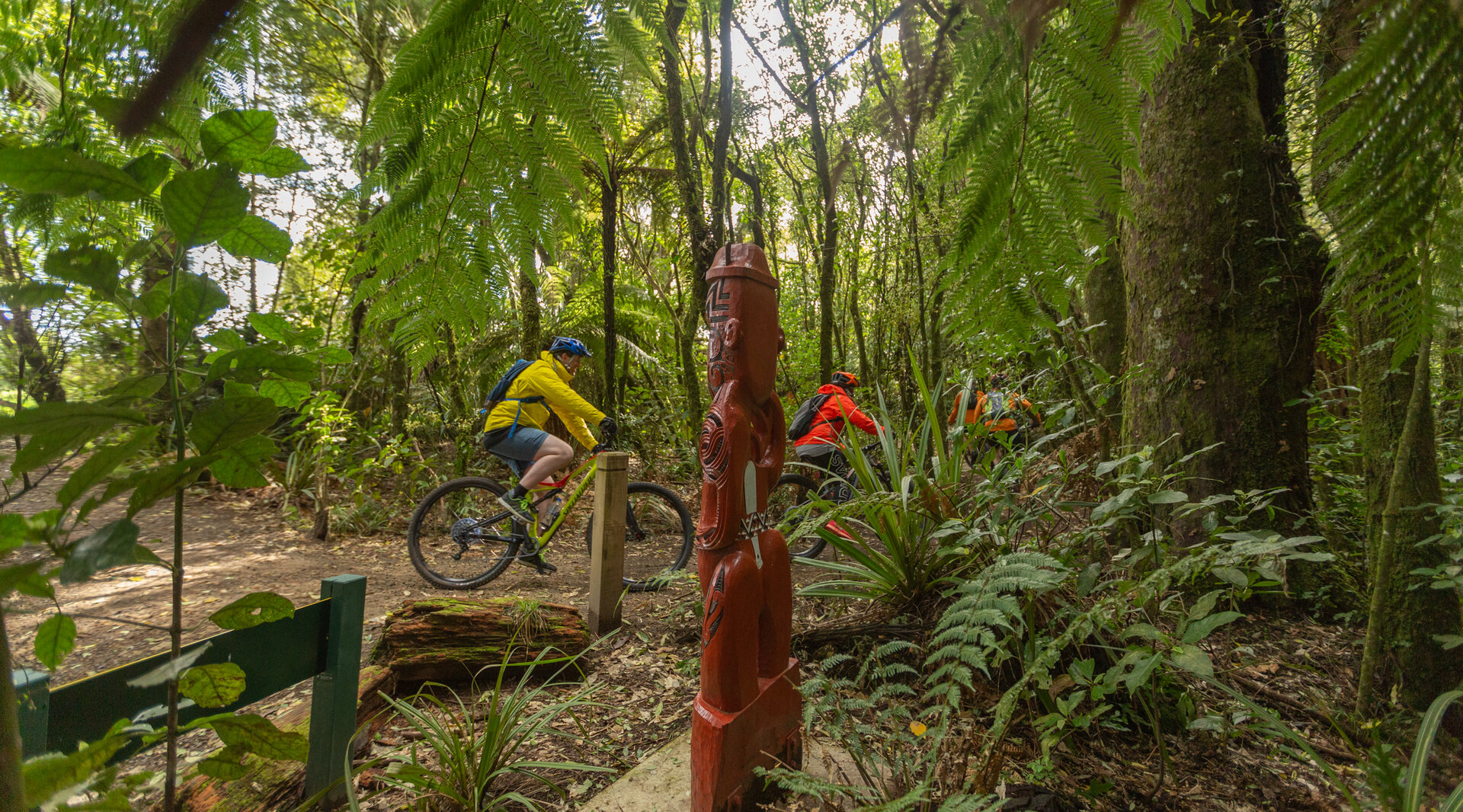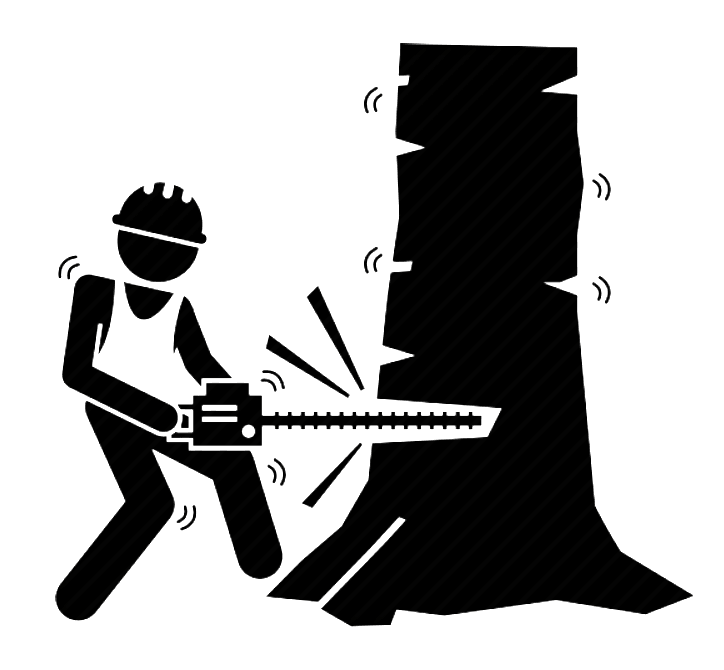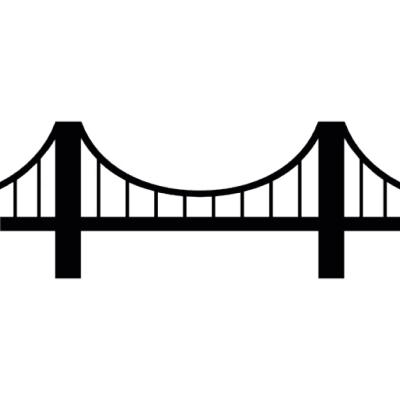The Story of People, Timber, Protest, Conservation and new beginnings
Pureora Forest’s Timber Trail reveals a wealth of fascinating stories, and shows how the path through history can lead to a promising future.
To the west of Lake Taupo, in the middle of the North Island, is the Hauhungaroa Mountain range, with Mt Pureora (1165m) the highest peak. This maunga (mountain) gives its name to Pureora Forest Park, the 78,000 ha reserve that covers the flanks of the Hauhungaroas and the Rangitoto Range to the north.
Pureora Forest Park was barely known to anyone outside of hunters, hard-core trampers, and the local community until recent times. When the Timber Trail opened in 2013, it opened the area up to walkers and cyclists from around New Zealand and the world to explore and appreciate.
Local Māori, knew this mountainous area as Te Pureora-ō-Kahu, the place where Kahu was restored to health after searching for her lost son. Up until the 1840's, this area (along with most of New Zealand), was covered in dense virgin forest, alive with birdlife. As European settlement expanded, demand for timber grew and forests across the land were felled. Pureora Forest was one of the last areas in the North Island to be harvested. In 1946 the loggers moved in and cranked their saws, extensively logging large tracts of native forest, replacing them with exotic plantations.
Remarkably, large tracts of native forest were still intact when in 1978 environmentalists climbed high into the canopy to protest against further logging. The government responded by preserving the remaining indigenous blocks, now managed by the Department of Conservation (DOC), and known as Pureora Forest Park. It is one of the rarest, most precious stands of broad-leaf podocarp forest in the North Island, and one of the last remaining intact podocarp forests in the world. The forest is home to a range of native wildlife, including some remarkable birdlife, many of them rare and reclusive..
The forest remained the preserve of backcountry hunters and trampers for the next 30 years, during which time the idea of cutting a recreational tramping track through the park was often discussed.
In 2009, the dream became closer to reality, when the New Zealand Cycle Trail Fund allocated a development grant to enable the Department of Conservation to embark on developing a track through the forest for recreational cycle access.
The major trail-build took place from 2010 to 2013. Built on the remnants of historic logging tramways that had virtually disappeared under vegetation, complemented by new single track, the trail was constructed in conjunction with the Department of Conservation, local landowners and Iwi. Thousands of hours of bush-bashing and trail-building were required to construct the 84 km long track. In all, 35 standard and eight iconic suspension bridges were built to span the many streams and river gorges.
The new trail has been the catalyst for a range of businesses along the trail focused on servicing the needs of cyclists and trampers.
Discover our recent history and the importance of this amazing ecological area
Pureora was fought for - and now is a very special place for the future. This 30min documentary is a compelling insight into how special our trees are. The New Zealand Projects documentary of the cultural history and modern ecology of Pureora Forest. It details the broad and dynamic story of the people who have lived, worked and studied the forest.













